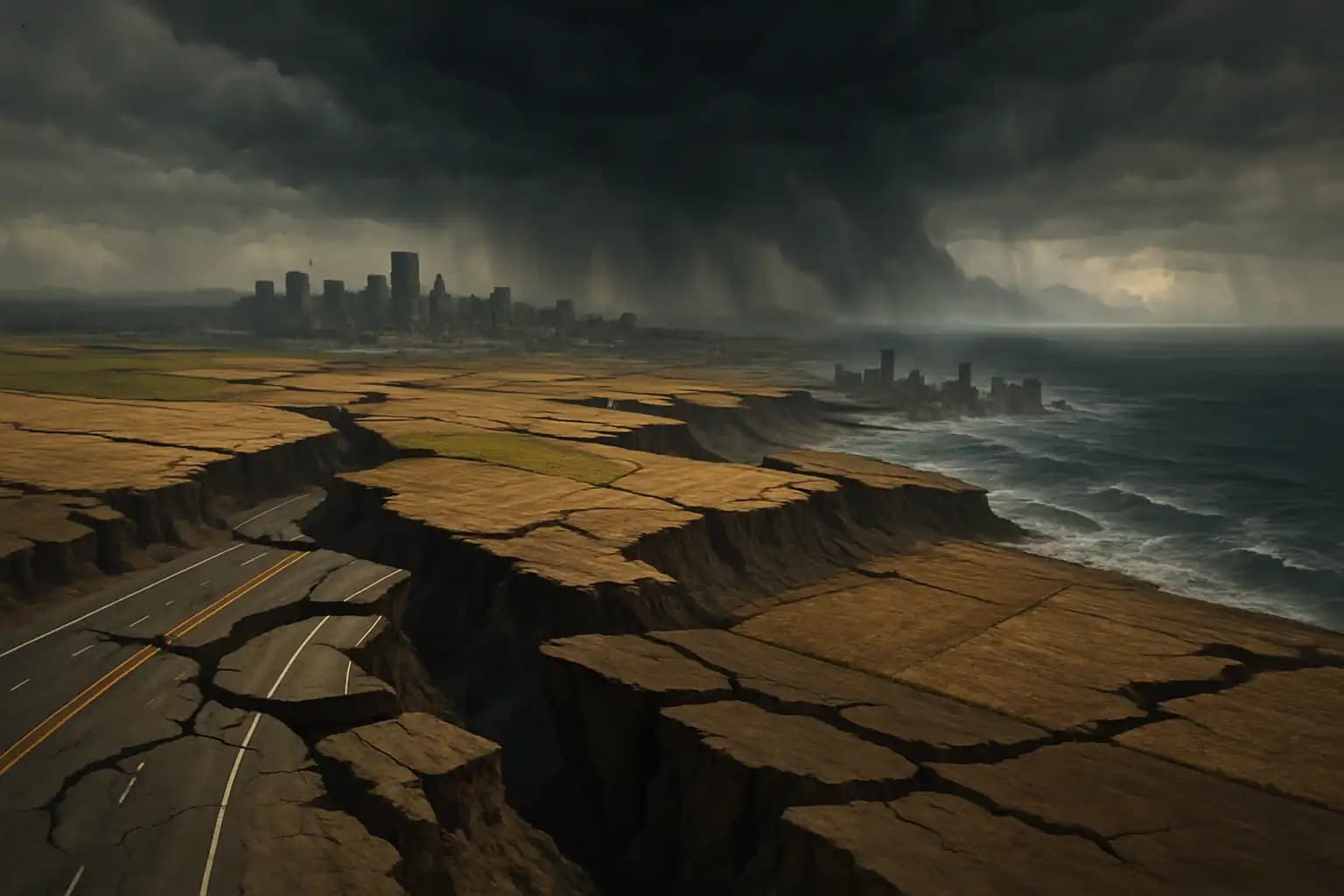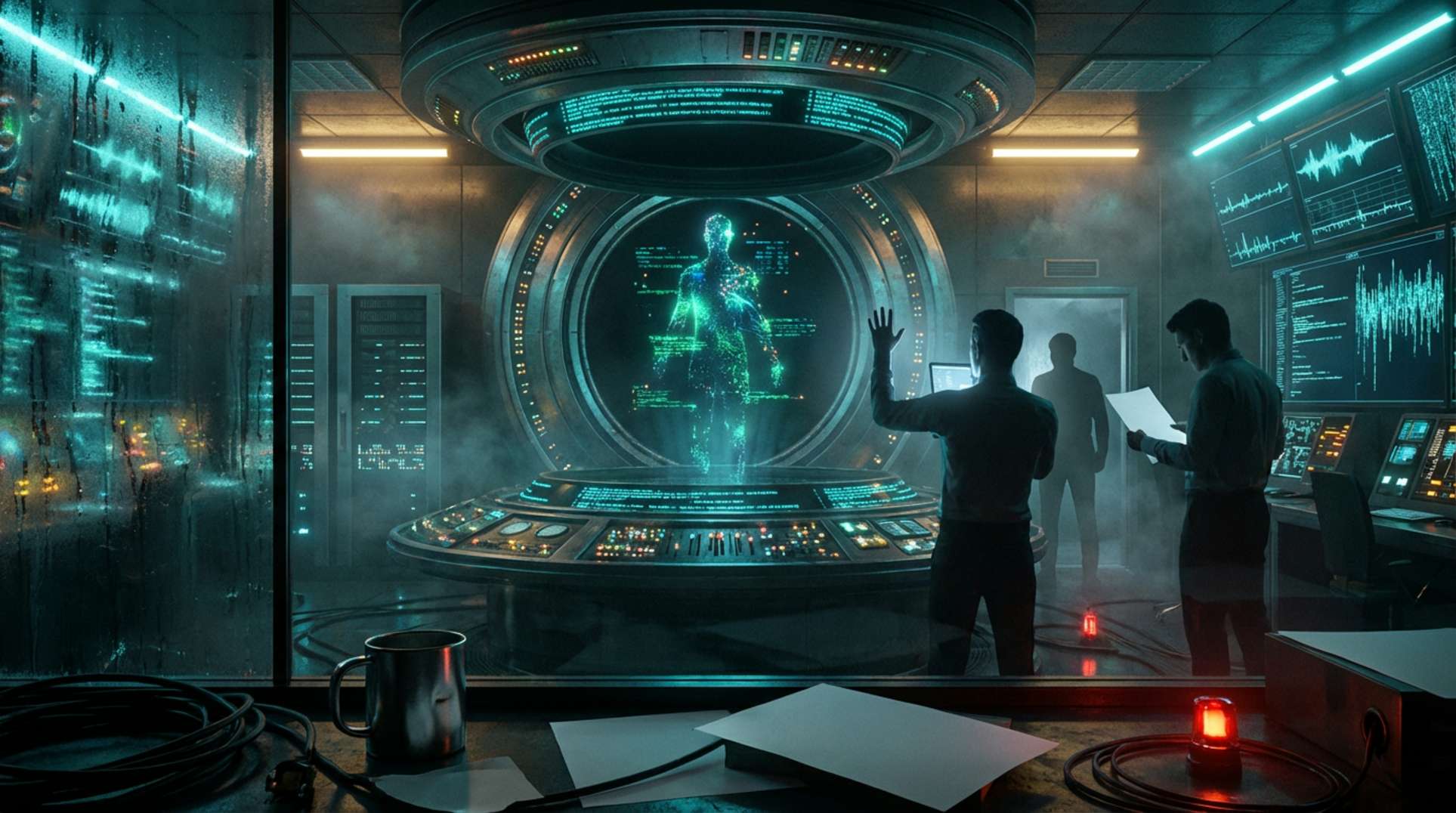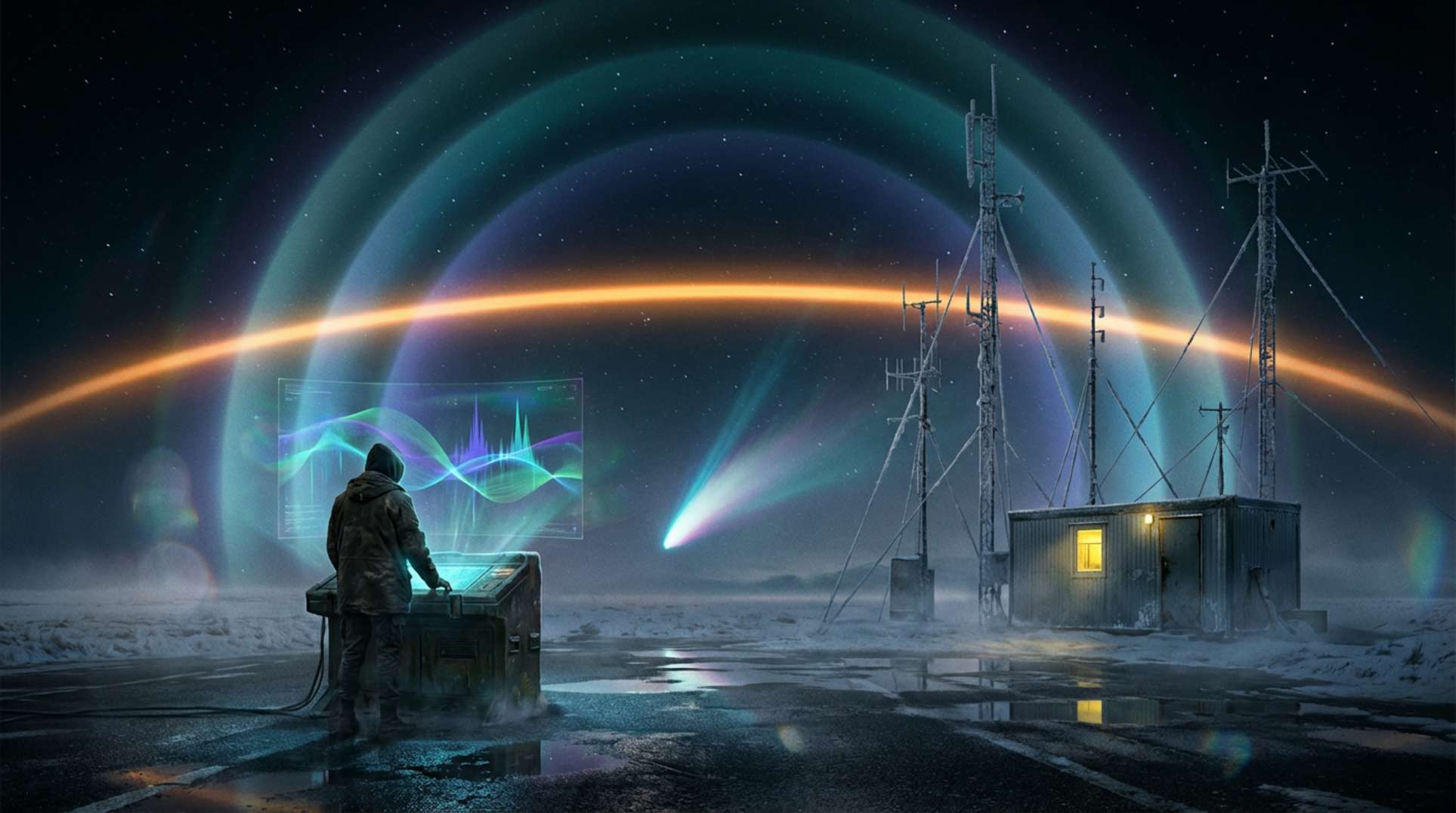Headlines love metaphors, but this one’s heartbreakingly literal: parts of the United States truly are crumbling and sinking—both socially and structurally. While pundits fixate on political tremors, geologists and climate scientists have turned their focus to the continent’s declining foundation. What’s happening beneath our feet should concern you more than any election result.
Studies reveal that the North American Plate is in a slow-motion freefall into the mantle—a process called “tectonic dripping.” Simultaneously, America’s obsessive quest for water, especially in drought-ridden regions, has led to rampant groundwater extraction, causing major cities to sink alarmingly. Add the persistent threat of the Cascadia Subduction Zone—capable of abruptly dropping the Pacific Northwest and California coast like a bad habit—and you have a recipe for geological upheaval that is far scarier than most comprehend (Cascadia Subduction Zone primer).
North America’s Plate: The “Dripping” Catastrophe Underfoot
Forget cinematic supervolcanoes or sudden rifts swallowing cities whole. The reality is subtler and more insidious. Geologists have documented parts of the North American plate “dripping” into the Earth’s mantle over millennia—a process so slow that only ground deformation and anomalous sink rates signal any change. While the West’s seismic drama attracts attention, the true saga unfolds in fractions of millimeters per year—until a tipping point triggers abrupt collapses, reminding us that continents, like empires, don’t last forever. Echoes of lost civilizations and reset events, reminiscent of historic volcanic winters and buried megaliths, awaken the unsettling realization: geological forces scoff at our illusions of permanence.
Sinking Cities: How Over-Extraction of Groundwater Is Making Everything Worse
As tectonics gradually unfold, human activity hastens disaster at a quicker pace. According to The New York Times, groundwater over-extraction causes major U.S. cities—including Los Angeles, Phoenix, Houston, and New York—to sink by inches annually. Reservoirs drop, aquifers collapse, and land compresses, resulting in damage visible from space. The U.S. Geological Survey warns that up to 80% of land subsidence nationwide stems from poor water management. Infrastructure, housing, roads, and even historic tunnels—perhaps those explored in underground enigmas—are at risk, demonstrating how civilization’s survival hinges on its water supply.
Think this is an abstract risk for a distant future? Ask residents of California’s San Joaquin Valley, where fields have dropped several feet since the mid-20th century (Stanford analysis). Research highlights a grim connection between over-extraction and increased flood risk—a disturbing combination of sinking and drowning that never appears on tourist brochures. Compromised aquifers pose a threat not just to water supply, but to food security, real estate, and all the illusions of American invulnerability.
Cascadia Subduction Zone: The Megaquake Waiting to Happen
If creeping collapse strikes you as dull, the Cascadia Subduction Zone may liven things up—with a bang. This 600-mile plate boundary, stretching from northern California to British Columbia, can unleash magnitude 9+ earthquakes that drop the coastline meters lower in minutes and trigger tsunamis reaching 100 feet (learn more). The last megaquake here, in 1700, created ghost forests—land that sank and drowned in seawater—a chilling reminder. The threat of repeating catastrophe remains constant, as highlighted in the report on New Madrid Fault risk and reflected in seismic forecasts for the Pacific Northwest.
Experts warn that a Cascadia rupture could drop cities and infrastructure by several feet—“instant atrophy” for highways, ports, and lifelines already stressed by the West’s slow descent. It’s not a question of if, but when. As debates over climate, water, and infrastructure dominate the media, it’s easy to overlook the immense, unblinking forces that can wipe the slate clean in less time than it takes to binge a docuseries.
Lessons from the Abyss: History’s Sinking Civilizations and Today’s Risk
Nothing says “America First” like discovering you lead the world in geological subsidence. Yet, history’s graveyard of sunken cities and lost empires provides crucial lessons. Events like the volcanic winter apocalypse and tales of vanished tunnels, giants, and archaic resets (see this deep investigation) haunt the archaeological record—and remind us that nature, not geopolitics, writes the final script.
The sobering reality: our technological advances, from quantum computing to AI doomsday spinning (read warnings here), yield to tectonic whims. To understand the odds of American renewal, watch the bedrock alongside the ballot box. For the latest geological revelations and more, stay tuned to Unexplained.co. Beneath it all, collapse is not a question of “if” but “when”—and preparing for both the shock and the aftershocks is wise.





